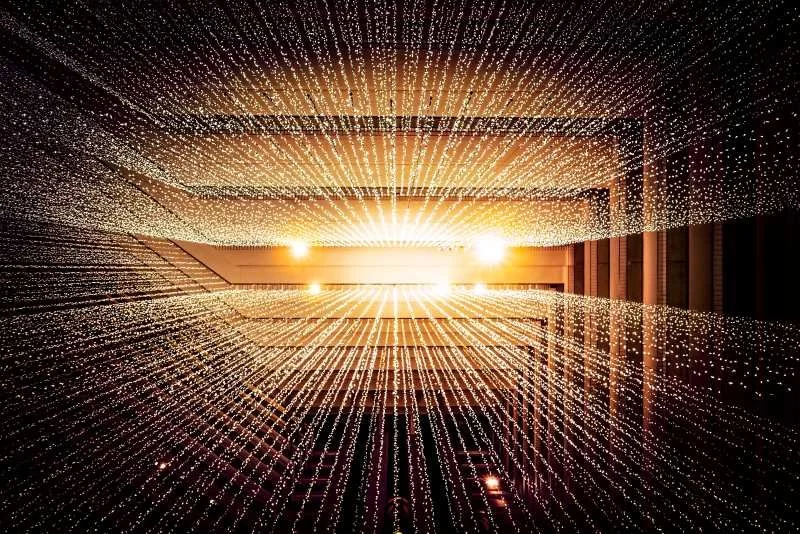Intuition and Creativity
The above image shows not an artifact of mystic origin, but rather is described by the photographer, Joshua Sortino on Unsplash, as "a worm's eye view of the ceiling." That's creativity. Our conscious minds can handle about 40 details per second. Our subconscious minds are dealing with 11,000,000 in that same second. (Info courtesy Noom.) Our conscious selves are moving through life with worm eyes staring up at the vastness of the who and what we really are. Any guesses where our creativity resides?
Our conscious minds mix data from the body with that from the subconscious to generate meaning from our two instruments registering change. We get our meanings by sculpting the sensible before and after, the if and then of change we call stories. To bring home the power of storytelling, remember that Albert Einstein used only story problems to venture his theories on how time and gravity, how the Universe itself works. Could it be that in using stories involving people rather than only equations, Einstein’s Relativity did not rob him of his empathy for the human condition? He noticed the whole of the experience of being.
None of us are the same person, yet every person is a different expression of the same idea.
What we notice as individuals is important. Why? Because we noticed it. Subjectivity is just the concept of differences between what individuals experience. This is why our stories are always different—not right or wrong, different—from writer to writer. Get ten storytellers to tell their versions of Little Red Riding Hood and get ten different takes on where we should emphasize Red’s meanings which have evolved over time.
We lend more praise of creativity to the quirkier visions. That’s a mistake. Every story is creative in that the story reveals the inner life of the teller as much as it reveals meanings made possible by the arrangements of details. We read, write, create only clearer insights on the shining, amber-lit workings of our bodies and subconscious minds. Those insights into what we cannot control makes creating art scary. “We are all equally naked up here,” a well-known poet friend said while standing at a podium, preparing to read from new work.
If the creator feels vulnerable in sharing, it proves only they risked not filtering their creativity through social expectations. None of us are the same person, yet every person is a different expression of the same idea. At our best, our intuitions dance with our differences while harmonizing with our echoes of the whole and the particular. Being is lonely. Art is what we do for one another to ease our loneliness by declaring “I’m lonely, too.” It’s not the language or image or music we crave; it’s the resonance between our souls.
Intuition might be the foundry in which a creative moment is forged, the bell that a new idea will ring in the half-dark of trying to stand out while fitting-in. The effort to create, without feeling vulnerable, silences many voices, stills many feet, freezes many brushes before the canvas. Only the individual artist can say what is too vulnerable at this time. That voice will not come from society or ego or loved ones. That voice will come from the artistic intuition that while reaching out to create connection is a risk, risk is the essence of a voice expressing its singular understanding of what it means to be alive and to know it.
Trust your intuitions. Trust your creative impulses. Trust yourself.
Writing Exercise
What do you find as the riskiest aspect of your work? What scares you to put it out in the world? Write that. Draw that. Dance that. The promise here is that no one will experience it but you. Once you’re through the risk of putting it out there, write about how you felt before, during, and after the creative moment. Value your intentions over your fears. As we say at Women Writing for (a) Change: “Presume goodwill.”
Photo by Joshua Sortino on Unsplash

